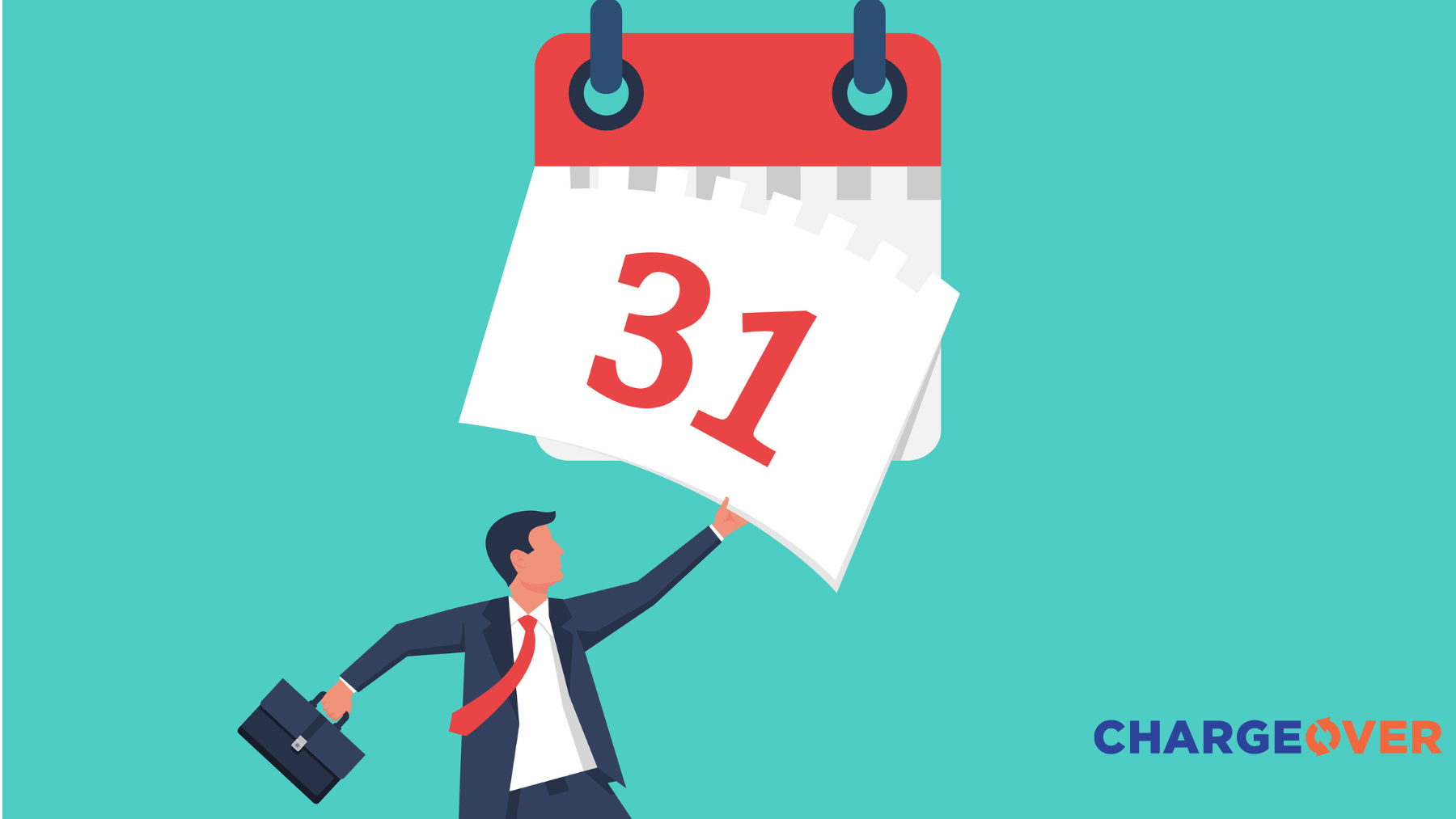In this article, discover how automating payment reminders can transform your day-to-day operations in tax-focused digital professional services. Instead of tying up valuable billable hours with manual follow-ups, you can redirect efforts toward higher-value tasks. Payment reminder automation, sometimes considered part of the broader Quote to Cash process—also known as Q2C, QTC, or even CPQ—offers a structured way to streamline collections and maintain predictable revenue.
Manual Reminders Consume Valuable Hours
When you rely on manual processes for payment or invoice reminders, your team ends up juggling spreadsheets, emails, and phone calls. These tasks eat up time that could be spent on client consultations or project deliverables. Tax and consulting professionals need an efficient system that nurtures client relationships while freeing resources for strategic initiatives. By eliminating repetitive follow-ups, your team stays focused on what drives revenue and growth.
Automated Reminders Accelerate Cash Flow
Automated workflows ensure your clients receive payment prompts at set intervals. This leads to quicker responses and more consistent client engagement. Timely nudges not only improve short-term collection rates but also build a pattern of prompt payments over the long run. Whether you’re using recurring billing software or subscription invoicing for digital agencies, a structured follow-up rhythm gives you the predictability you need to invest confidently in future projects.
Avoid Over-Automating Without Personalization
Automating every step of your payment reminders can backfire if it lacks a personal touch. Clients may become frustrated by frequent or irrelevant messages. Use automation to handle the legwork, but keep room for customization. Tailor reminder emails to include client names and reference project milestones or deliverables. This balance helps you maintain positive relationships while still enjoying time savings.
Implement a Scalable Reminder System
Your reminder system should easily handle growth without constant overhauls. As client volumes rise, you need a process that integrates with existing tools. This could mean compatibility with CRM platforms or invoicing systems. Over time, a scalable solution ensures that invoices don’t slip through the cracks when you take on additional business. Seamless integration keeps operations smooth and reduces stress on your financial team.
Why Your Strategy Matters
Professional services often operate on a project-based or retainer-based model, making cash flow unpredictable. Setting up automated reminders helps stabilize revenue, letting you plan budgets and investments. For growing tax and advisory firms, consistent revenue enables you to hire additional staff or explore new lines of service. In short, a well-designed reminder strategy keeps momentum going in both finances and business development.
Consider Recurring Billing and Subscription Models
Some firms benefit from shifting part of their offerings to recurring billing. Tools designed for subscription invoicing for digital agencies can also suit tax services that bundle monthly or quarterly deliverables. These systems reduce administrative burdens by automatically generating and sending invoices. Combine that with automated reminders for unpaid bills, and you’ll have a powerful workflow that’s hard to beat when it comes to reliability.
Align with Revenue Recognition Requirements
Automated reminders tie into the broader conversation about revenue recognition—often referred to as revec or deferred revenue—by keeping your cash inflows on schedule. While you can implement these reminders solely for convenience, they also offer clarity on when revenue should be recognized on your books. The streamlined approach makes it easier to comply with accounting standards and minimize discrepancies during audits.
Practical Steps to Get Started
First, assess your current payment reminder process by listing out each manual step. Next, choose a platform that integrates with your invoices and customer data. Test the automation with a small subset of clients to fine-tune frequency, tone, and messaging. Make sure to incorporate personalization for each client segment. Finally, monitor metrics like open rates, response times, and days outstanding to measure success and refine your approach.
Conclusion
Payment reminder automation brings immediate relief to tax and professional services teams bogged down by repetitive invoicing tasks. By reducing manual effort, you free up staff for client-facing responsibilities, ultimately boosting profitability and work quality. Remember to personalize where it counts and select scalable tools that fit your growing firm. Embracing this method sets you on a path to faster cash flow, better client relationships, and a thriving business model.
Transform Your Billing Experience
Your results are just the beginning. Learn how to optimize your billing and scale your success.
.png)

